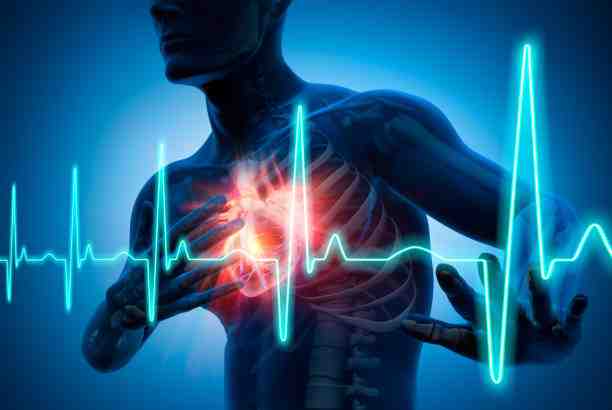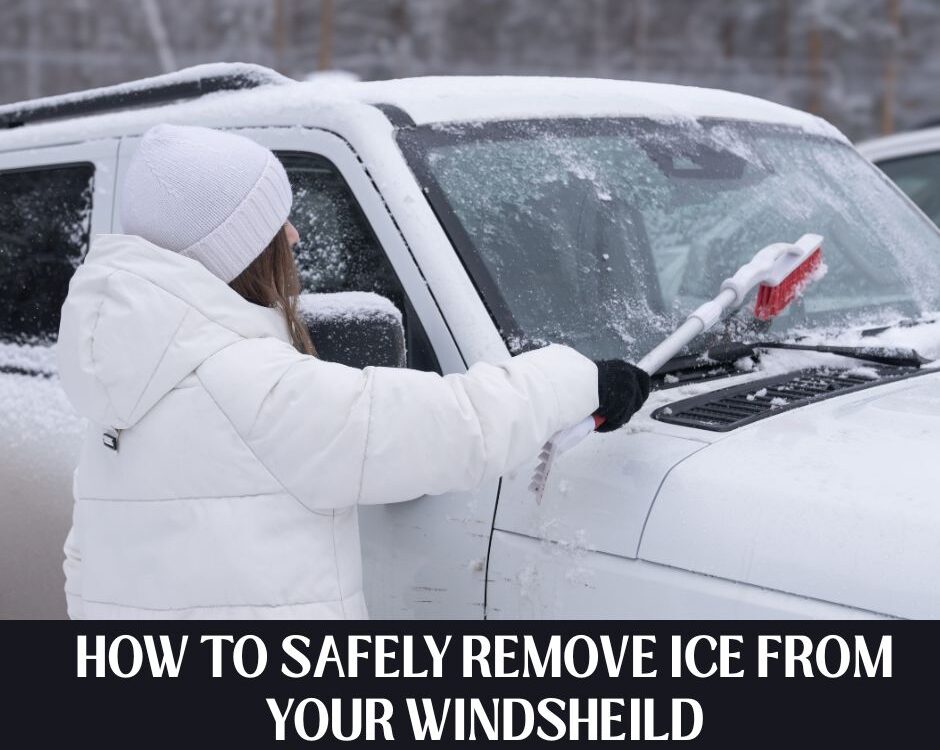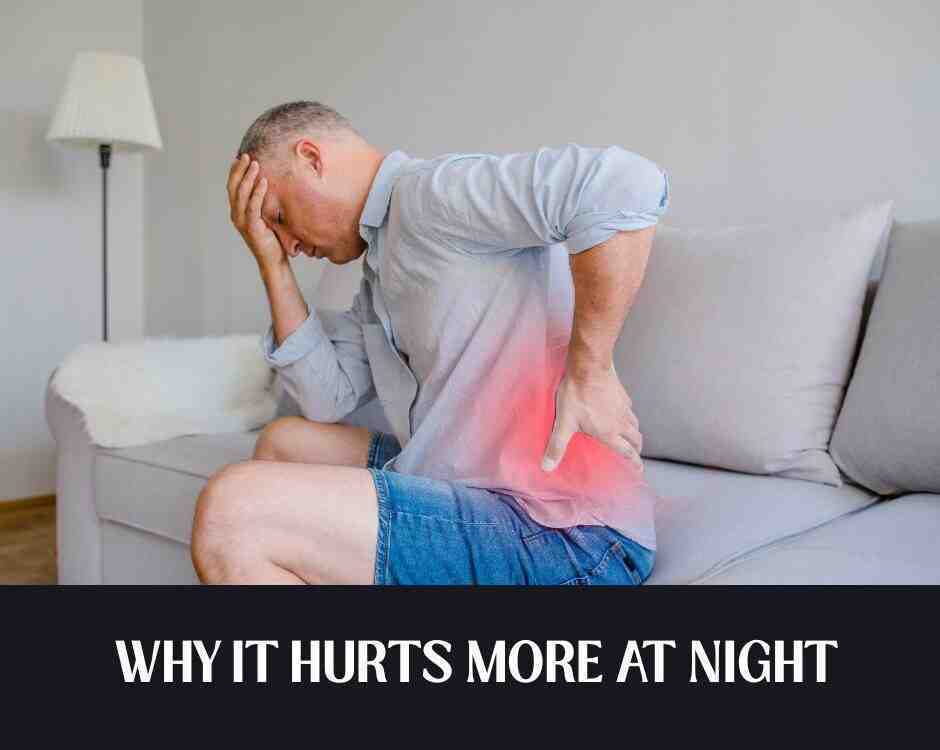How to Handle Cardiac Arrest and Prevention Practice at Home

Tips for Prevention of Osteoporosis for the New Year
January 5, 2023
Say Yes To The Incredible Egg
January 11, 2023Cardiac Arrest Practice at Home
We practice emergency situations and drills for many events. If there is a fire, we know to stop, drop and roll. We have been trained to get underneath tables during earthquakes. If there is a significant threat of a tornado, we know to go to an inner portion of the home and stay away from windows.
A greater risk we need to practice is what we should do if someone in our household just collapses due to cardiac arrest. Yearly up to 350,000 Americans experience cardiac arrest but only 10% survive. Most cardiac arrests will occur in the home but less than half of those have CPR initiated from someone within the home. We need to practice what this looks like and how to get help from everyone in the household before this ever occurs.
This has never had more attention than recently with Damar Hamlin. For the first time many of us saw a cardiac arrest happen in the middle of a field at a professional football game. Thankfully due to the quick reaction of all surrounding medical professionals it looks like Hamlin may be ok, but we need to be proactive at home. We need to practice what happens if someone collapses in the house. This should be practiced a couple of times a year until everyone is more comfortable with the situation. It will also be helpful to have a couple of different people designated for the roles of CPR in case one person is not there.
A collapse within the home should be approached quickly. In looking for a cardiac arrest, we want to check for responsiveness and breathing. A household member should quickly come to aide and check if the person is unconscious or breathing. If you are not sure if the person is unconscious then shake the person collapsed and ask if they can hear you. If they do not respond they are unconscious. A household member should note that immediately, start CPR and call 911. This should be practiced over and over until the initial awkwardness is overcome. Approach the collapsed person, check if they are awake, if not are they breathing? You will also need to practice how to get the adult on to their back so the person can be assessed. Family members need to learn quick decisive teamwork and know exactly what to do. Approach collapsed person and ask if they are ok. If no response, then CPR begins. If there is someone else in the house yell for assistance. You will need a phone to call 911 so have them find a phone. Once CPR is started, call 911 and put them on speaker. Tell 911 the person is unconscious and you need help. If there is another person in the house someone needs to unlock the entrance so EMS will have access to your house. Continue chest compression until assistance arrives. If you are teaching this to your children they can learn CPR to the beat of “Baby Shark”. Adults are taught to use the beat of “Stayin Alive” but kids and young adults will likely not be familiar with the song.
Studies show that if someone close by initiates CPR the survival rate of a cardiac arrest is two times as much. The neurological, neurocognitive and quality of life changes can all significantly improve with quick CPR. Practice makes perfect. If you can just get the chest compressions started quickly you are more likely to save your family members’ life.
— This article is written by Aaron Workman, DC one of the members of Chambers Medical Group’s team of car accident chiropractors who offer a variety of treatments and therapies ranging from diagnostic testing to various soft tissue therapies for car accidents and injuries in Kentucky.
Have you been in a car accident? If you or somebody you know has been in a car accident, be sure that you seek medical attention from a car accident doctor or car accident chiropractor to treat your injuries. Visit Chambers Medical Group to receive world-class medical treatment for your injuries.
Chambers Medical Group has car accident medical clinics in the following locations:
- Car Accident Medical Clinic in Tampa
- Car Accident Medical Clinic in Plant City
- Car Accident Medical Clinic in Brandon
- Car Accident Medical Clinic in Lakeland
- Car Accident Medical Clinic in Sarasota
- Car Accident Medical Clinic in Louisville
- Car Accident Medical Clinic in Lexington
- Car Accident Medical Clinic in Florence




